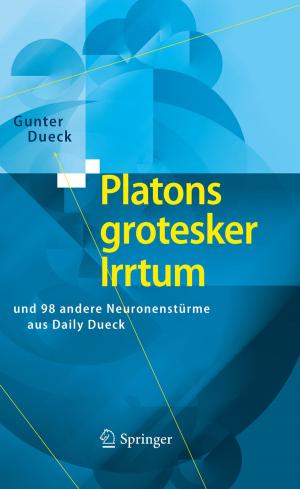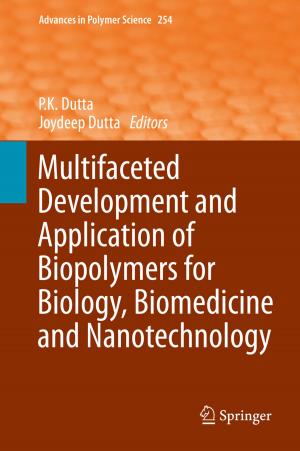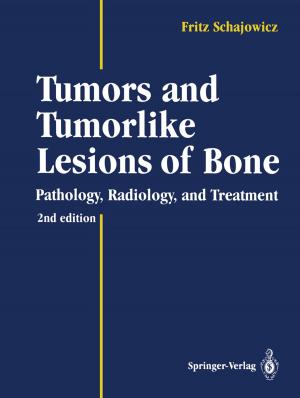Basic Mechanisms Controlling Term and Preterm Birth
Nonfiction, Health & Well Being, Medical, Specialties, Gynecology & Obstetrics| Author: | ISBN: | 9783662216606 | |
| Publisher: | Springer Berlin Heidelberg | Publication: | November 11, 2013 |
| Imprint: | Springer | Language: | English |
| Author: | |
| ISBN: | 9783662216606 |
| Publisher: | Springer Berlin Heidelberg |
| Publication: | November 11, 2013 |
| Imprint: | Springer |
| Language: | English |
The mechanisms that initiate labour (i. e. , the conversion of the quies cent uterus to an active and reactive organ at term) are poorly under stood. Of considerable importance are the factors that control preterm labour and preterm birth, with their devastating effects on society. This problem is the leading obstetrical issue. Preterm labour affects ap proximately 10% of all pregnant women (even higher numbers are re- Abb. I. The participants of the workshop VI Preface ported for less developed countries or where prenatal healthcare is a low priority) and it is the leading cause of morbidity and mortality of babies. Current practices to arrest preterm labour, once initiated, are in effective. In addition, procedures to stimulate labour and dilate the cer vix at term may not be used effectively. On October 19th - 21 st, 1992, a Schering Foundation Workshop took place in Berlin to discuss the "Basic Mechanisms Controlling Term and Preterm Labour". Leading scientists from Europe and North America were assembled to consider the fundamental systems which regulate the uterus and cervix during pregnancy. The topics in the sym posium ranged from key cellular events governing uterine contractility and cervical dilatation during labour to clinical advances and applica tions. This book contains the proceedings of the workshop. We were pleased to have been part of the workshop and to have been responsible for its organization.
The mechanisms that initiate labour (i. e. , the conversion of the quies cent uterus to an active and reactive organ at term) are poorly under stood. Of considerable importance are the factors that control preterm labour and preterm birth, with their devastating effects on society. This problem is the leading obstetrical issue. Preterm labour affects ap proximately 10% of all pregnant women (even higher numbers are re- Abb. I. The participants of the workshop VI Preface ported for less developed countries or where prenatal healthcare is a low priority) and it is the leading cause of morbidity and mortality of babies. Current practices to arrest preterm labour, once initiated, are in effective. In addition, procedures to stimulate labour and dilate the cer vix at term may not be used effectively. On October 19th - 21 st, 1992, a Schering Foundation Workshop took place in Berlin to discuss the "Basic Mechanisms Controlling Term and Preterm Labour". Leading scientists from Europe and North America were assembled to consider the fundamental systems which regulate the uterus and cervix during pregnancy. The topics in the sym posium ranged from key cellular events governing uterine contractility and cervical dilatation during labour to clinical advances and applica tions. This book contains the proceedings of the workshop. We were pleased to have been part of the workshop and to have been responsible for its organization.















